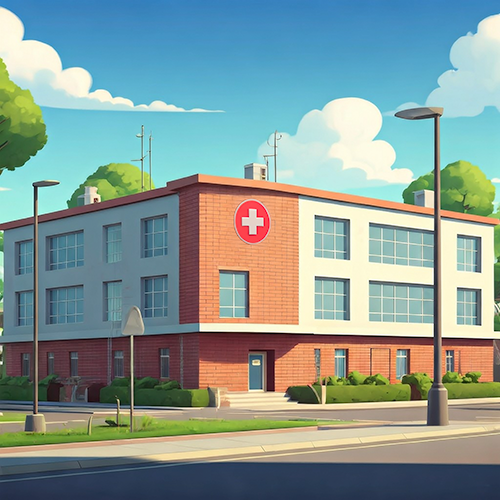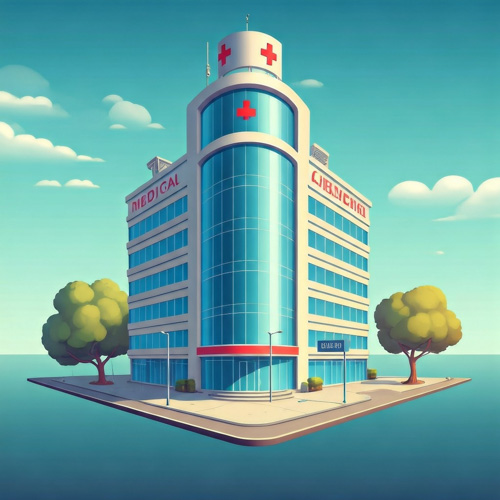Funding Bill Skips Doctor Pay Fix: What It Means for Gen X
A recent funding bill in the House of Representatives has sparked controversy. It fails to address cuts to doctors’ pay in Medicare. This omission has angered physician groups. They warn of potential harm to healthcare providers and patients.
The Core Issue: Medicare Cuts
The funding patch does not reverse a 2.8% cut to the Medicare conversion factor. This cut took effect on January 1st. The American Medical Association (AMA) is critical of this decision. They argue that this cut, combined with past reductions, will strain physician practices. This is especially true in rural areas. The AMA reports that Medicare payments to physician practices have fallen 33% since 2001. This is when adjusted for inflation.
The Broader Implications
The AMA emphasizes that these cuts follow years of payment reductions. Many practices are already struggling. Further cuts could force closures. This would reduce access for 66 million Medicare patients. The American College of Radiology and over 100 other organizations had urged officials to act. They stressed that patients cannot wait.
The Road Ahead: What’s Next?
Speaker Johnson aims to pass the bill as soon as Tuesday. This puts pressure on the Senate to support the plan. The AMA and other physician groups are urging lawmakers to reconsider. They want a solution to prevent further cuts. They want to ensure Medicare patients have access to quality healthcare.
References
- Politico. (2025, March 10). Trump’s health picks face Senate test – POLITICO. Retrieved from https://www.politico.com/newsletters/politico-pulse/2025/03/10/trumps-health-picks-face-senate-test-00220153
- Radiology Business. (2025, March 10). Physicians ‘outraged’ after proposed spending package ditches doc fix. Retrieved from https://radiologybusiness.com/topics/healthcare-management/healthcare-policy/physicians-outraged-after-proposed-spending-package-ditches-doc-fix










